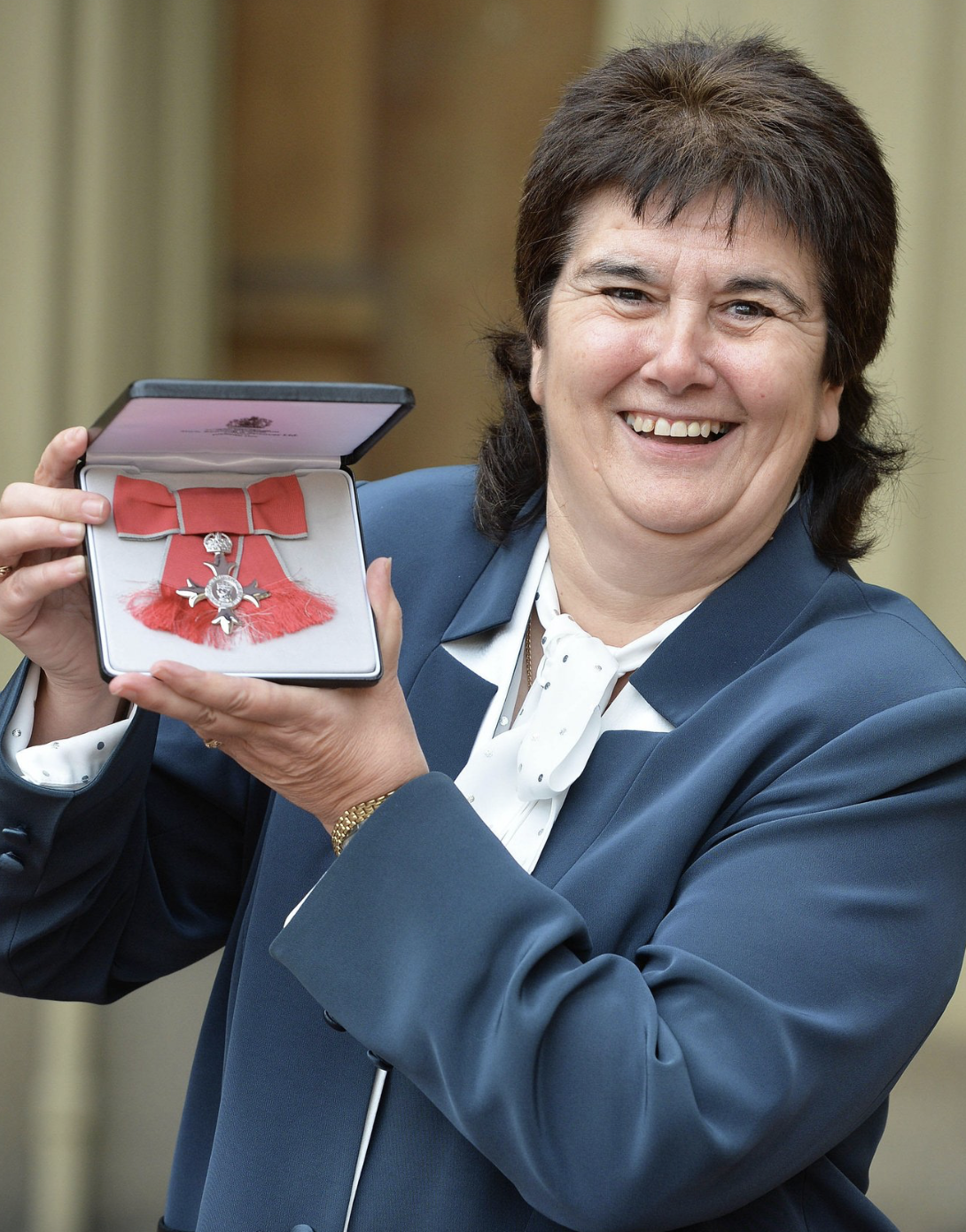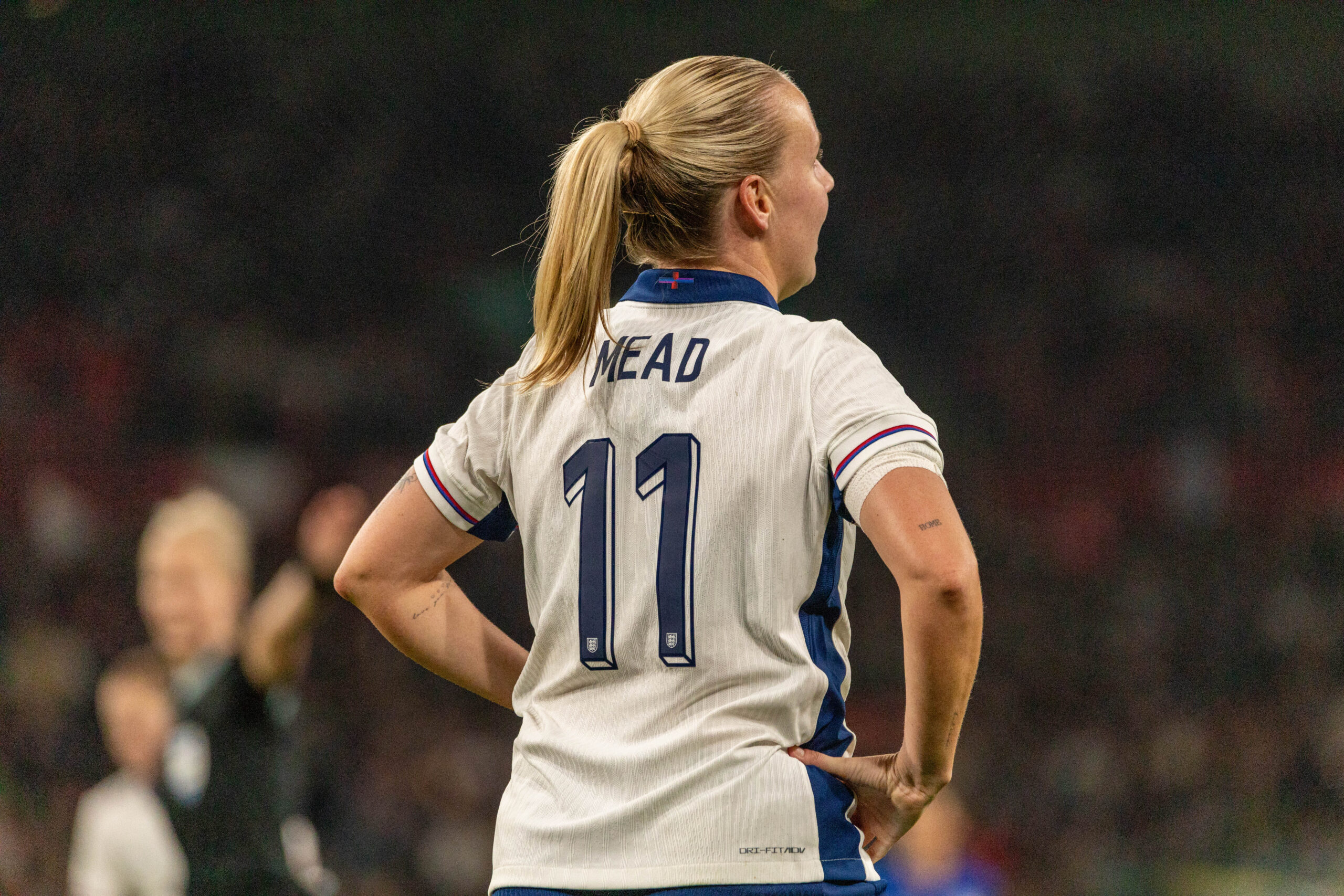On Friday 13th June 2025, Copa90 released a documentary on YouTube, ‘Finding the First South Asian Lioness’, narrated by Marva Kreel and directed by Abby Monterio.
The documentary did an incredible job of capturing the anger and grief of generations who’ve been erased from football history. That silence has reinforced the institutional barriers keeping South Asian individuals out of the frame. Overall, it is without a doubt a 40-minute masterpiece, beginning with the story of Aman Dosanj, the first South Asian to represent England. It is followed by interviews with educators, journalists, academics, and current South Asian players spanning the championship, raising key questions and potential solutions to what Sanjay Bhandari calls ‘the largest statistical anomaly in English football.’
What could have been:
This theme of ‘what could have been’ is repeated several times over – the idea of missed opportunities and generations that have been failed. Aman Dosanj begins the documentary by reflecting on the impact her story could have had if it had been told in real time:
“If they had known and it was kept alive, they could have said well at 14 Aman was in the England set up, at 15 she played for Arsenal, at 15 she played for England, at 16 she was making a debut in the FA Cup…”
It is a striking example of the simple but powerful truth that ‘seeing is believing’.
When young South Asian girls and their families can see someone that looks like them thriving in football, it unlocks belief in the player and in the parents who may be unsure whether football is a safe or viable path, highlighting the power of representation.
It also exposes the institutional failures that have historically shifted blame onto South Asian communities for a lack of support, rather than addressing their own shortcomings. It raises critical questions: What have institutions actually done to ensure South Asian girls feel seen, safe, and supported in the game? Have they genuinely worked to dismantle outdated stereotypes, or have they merely reinforced them by continuing to deflect responsibility back onto the very communities they’ve neglected?
It’s not about participation, it’s about progression.
Marva Kreel therefore, sets out to answer questions of: Why have we not seen more like Aman? Why was she the only South Asian on the pitch? But more importantly, why was she the exception and not the beginning of a whole new wave?
And the truth is, there has always been a presence of South Asians in football at the grassroots level, as Dev Trehan explains:
“There is not a problem with participation. Participation stats are very healthy! South Asian boys and girls have always been playing football, but a lot of it is unaffiliated football, but then you’ve gotta ask yourself, well, why is it unaffiliated football?”
Highlighting it is not a lack of talent, but a lack of access and recognition. These problems lie with the unconscious bias within scouting, coaching and talent ID, which are halting South Asians from breaking the glass ceiling to reach the top levels of football.
Calling Racism out
Additionally, the documentary strongly makes a case for the need to not just recognise racism in football, but to name it clearly and publicly, as there is a major issue of people still reluctant to use words like racism or institutional racism.
Dr Aarti Ratna articulates this silence with raw honesty:
“Sometimes I feel like when you do speak to people who have power in these spaces, they never talk about racism. I would love them once just to apologise for the historical wrongs. I would love them once to say sorry for treating you like a stereotype”
This highlights how racism is often downplayed, ignored, or treated as something individuals are expected to simply ‘brush off‘ as part of the culture. Journalist Miriam Walker-Khan, who has interviewed numerous players, observes that fear of negative repercussions still plays a powerful role in keeping many of them silent.
And can we blame them? Reflecting on how whistleblowers like Azeem Rafiq and Eni Aluko were treated, we can see how damaging calling out racism still is today. As a result, sports and football culture have remained unchanged, festering a toxic environment for South Asians to participate in.
Is enough being done?
The FA has publicly recognised that more needs to be done to make football more inclusive for South Asian girls and women. Just this year, they have launched a three-year plan called ‘Build, Connect, Support’ to improve the representation of South Asians in English football. It highlights barriers such as access to opportunity, reporting discrimination, and the triple jeopardy that South Asian women face.
To resolve these issues, the plan lays out the need to understand communities and provide secondment or bursary programmes to those who are eligible for level 3 talent ID qualifications, so there aren’t any barriers when it comes to travelling to remote areas, where South Asian players could be scouted.
However, financial aid and training for scouts are just one piece of the puzzle. Marva rightfully suggests that, until we see real outcomes, it is hard to judge the impact, but overall, it seems as if changes are too slow and surface-level, as it seems to be focused on solving short-term fixes rather than long-term structural reforms.
Defying odds anyway
What is clear from the documentary, however, is that South Asian women are not waiting for permission to take up space in the game anymore.
Players like Kira Rai, Simran Jhamat, Mariam Mahmood, Sareet Kaur Binning and Lucindha Lawson are defying these odds on and off the pitch. They are redefining the narratives and deserve our support, not just as exceptions, but as the standard we should be building toward.
As Dev Trehan powerfully puts it:
“They have done things that no other brown girl has done. That has to be recognised! Against all odds, they’ve done it! The game is not really geared for them in many ways. It’s not always accommodating them, whether you are from a Sikh background, a Hindu background, or a Muslim background. So the girls that have actually shattered that glass ceiling, the girls that have actually gone out on the pitch and done it and made it happen, they should be marvelled at! They should be celebrated! They should absolutely be recognised!”



